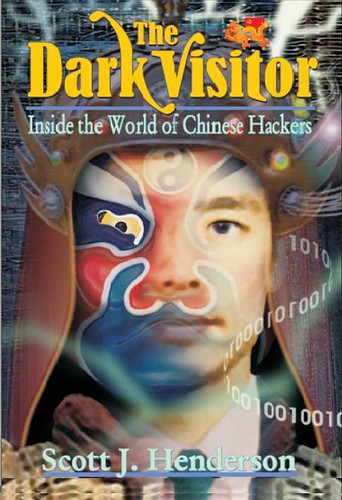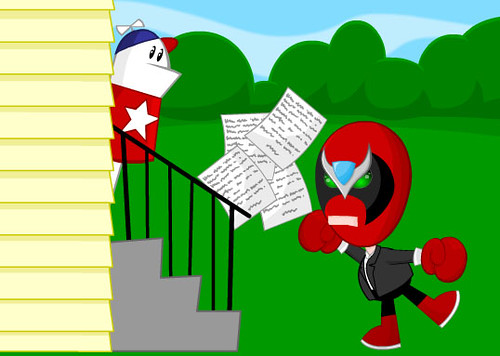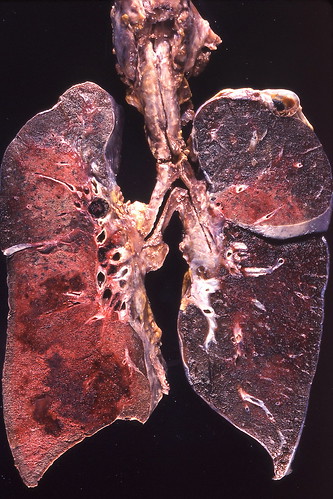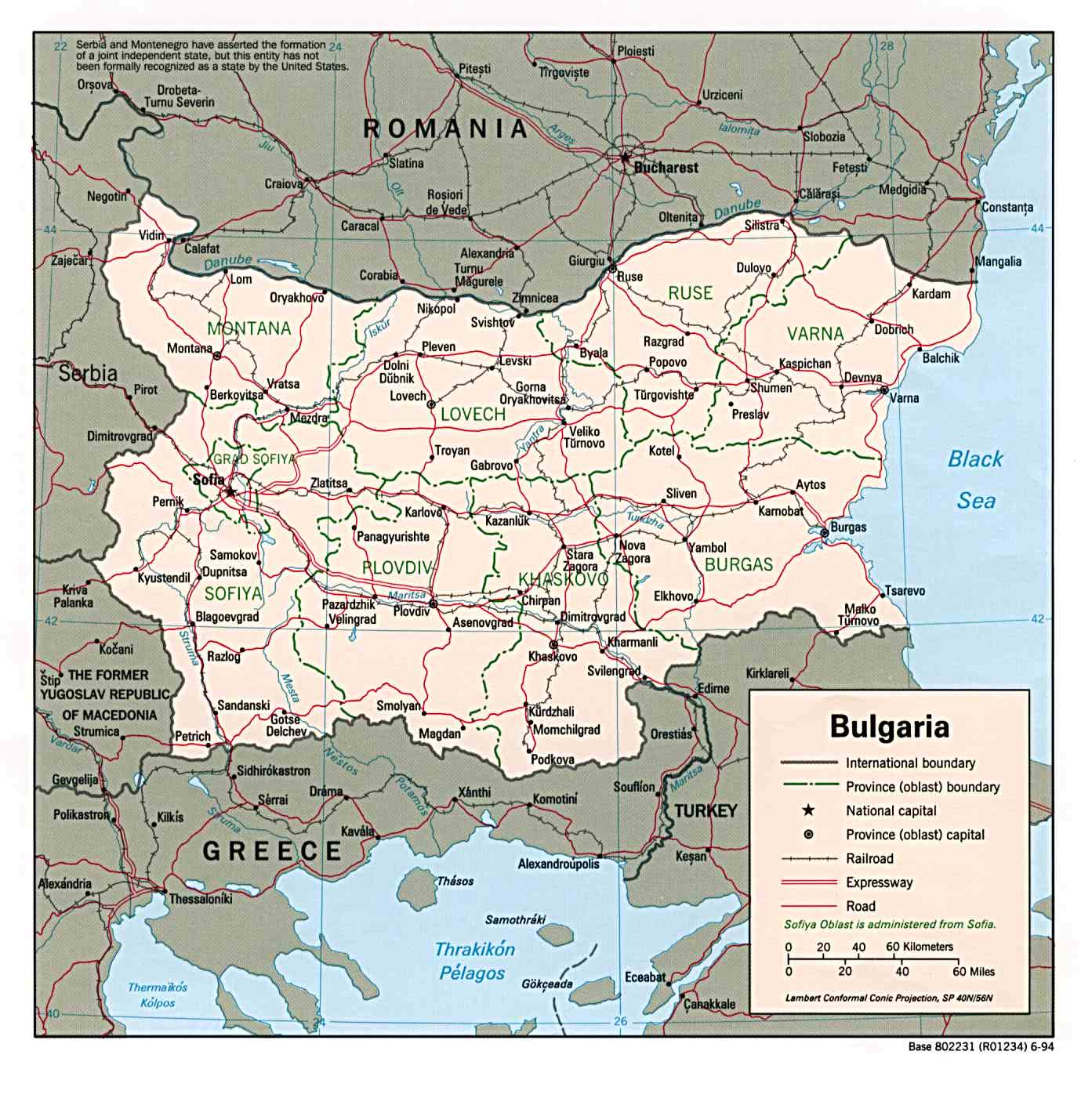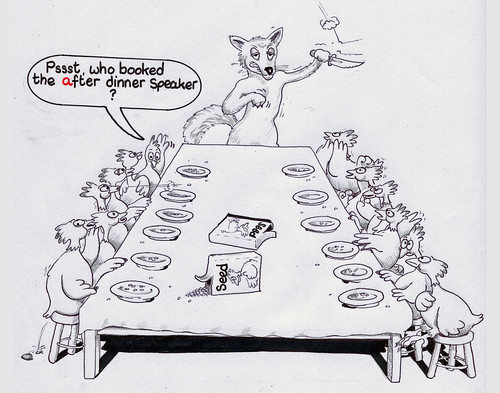Democracy Now | The New York-based Toxics Targeting went through the Department of Environmental Conservation’s own database of hazardous substances spills over the past thirty years. They found 270 cases documenting fires, explosions, wastewater spills, well contamination and ecological damage related to gas drilling. Many of the cases remain unresolved. The findings are contrary to repeated government assurances that existing natural gas well regulations are sufficient to safeguard the environment and public health. The state is considering allowing for gas drilling in the Marcellus Shale watershed, the source of drinking water for 15 million people, including nine million New Yorkers. [includes rush transcript]


